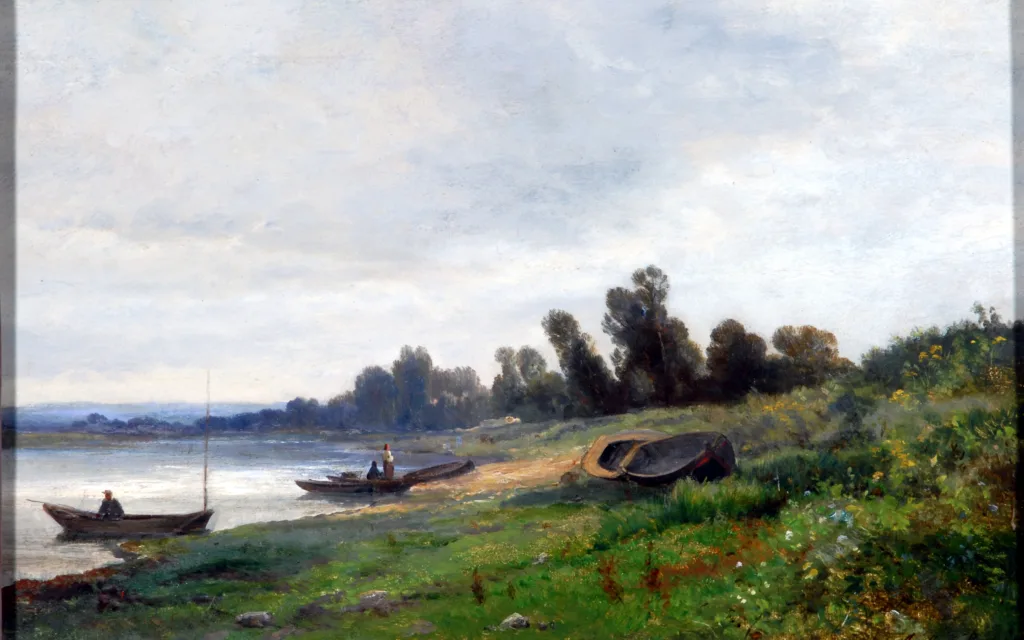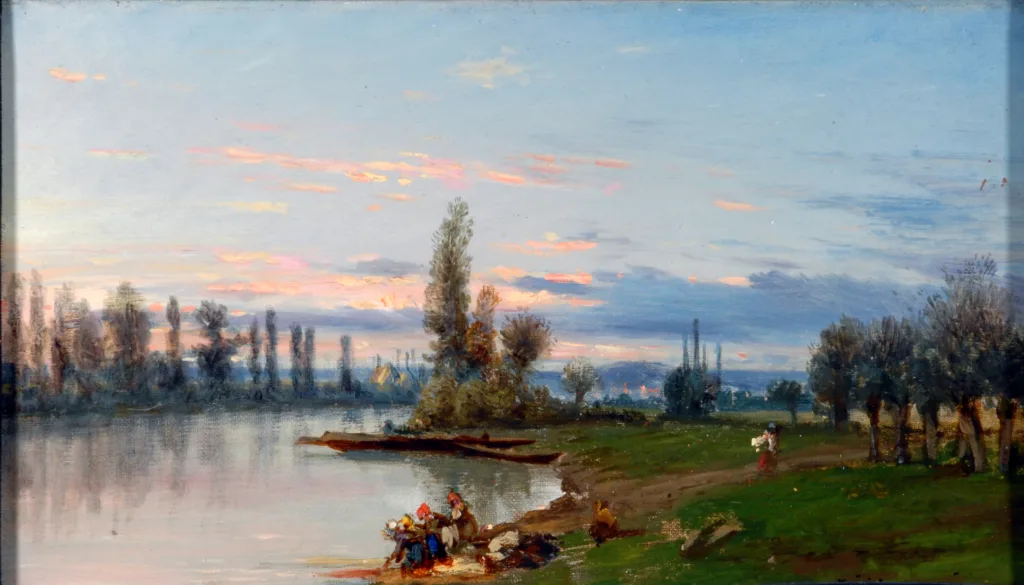The Bowes Museum Blog

Paris Then and Now

From Saturday 10th August until Wednesday 4th September, the Museum’s latest topical display will be on show on the ‘Conversation Wall’ in the entrance hall. This month’s display was inspired by Paris, a nod to the city taking centre stage this summer as host of the Olympics and Paralympic Games.
Paris has been very much in the news recently, but it has always been in the news, and for most of the 19th and 20th centuries more on account of its artistic than its sporting prowess.
When Joséphine and John Bowes lived in Paris, and formed the great collection that was to become The Bowes Museum, they were active in collecting ‘new’ or advanced fields of art that were spurned by the English, but are now accepted into the established ‘canon’ of great works of art. The Bowes Museum is one of the very few museums outside the capital cities to show works by the Spanish painters El Greco and Goya, whose works were not well received in England until the late 19th century but were bought by Joséphine and John in the 1860s.
At the same time in Paris was the development of the new form of art that later became known across the globe as Impressionism. The loose brushwork of Spanish artists was adopted by its spiritual leader Edouard Manet (1832 – 1883), while his colleague Claude Monet (1840 – 1926) painted landscapes in pure bright colours, without the use of black, to capture the effect of sunlight. Their works were often perceived as unfinished by their contemporaries. To make matters worse, they seldom portrayed ‘timeless’ or historic scenes in conventional ways, but added modern clothes, roads and transport to avoid a conventional ‘poetic’ or emotional response. Such works were challenging to a collecting public and very much depended on the buyer accepting the artist’s view of the world – his ‘temperament’ as it was called.
Joséphine herself was a talented amateur painter and responded to these developments in her work, but at a distance of several years. She collected a large number of small paintings or sketches – or are they finished works of art? – by contemporary painters, some of which show an Impressionist approach to the landscape. She lived around the corner from Edouard Manet, and perhaps passed him in the street, and managed to buy works by his lesser-known followers and pupils. Her greatest influence was the painter Gustave Courbet (1819 – 1877), a brave choice as he was publically opposed to the Emperor Napoleon III, the leader of fashionable society that Joséphine so much enjoyed.
Many of the modern landscapes that Joséphine collected in the 1860s show suburban scenes around Paris that were later portrayed by the ‘great’ names of Impressionism – Monet, Renoir, Pissarro and Sisley – showing modern Parisians enjoying a day out in the country. Joséphine’s collection of landscapes show a gentler portrayal of the countryside, with meandering rivers largely unchallenged by human interaction. These scenes are barely recognizable today as urban Paris expanded to cover these once rural sites. Sadly, she died a short time before the first Impressionist exhibition of 1874. Would she have bought their work? We will never know.
Written by Howard Coutts, Curator (Fine Art and Design)
August 2024









